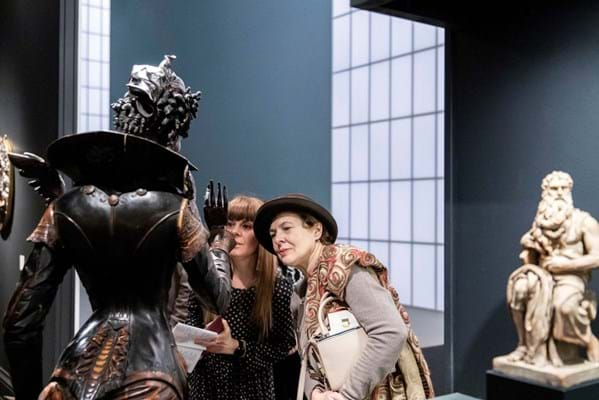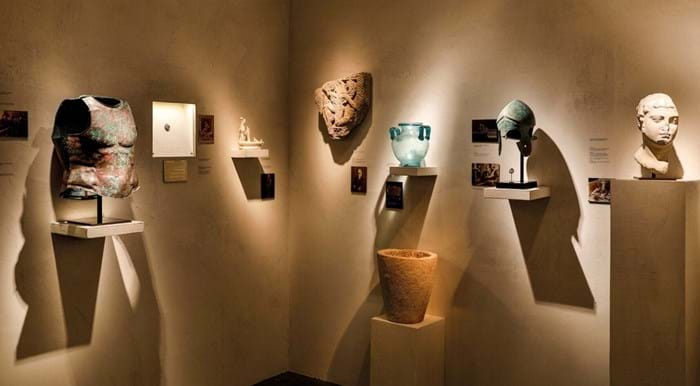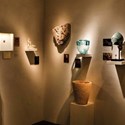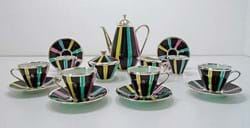TEFAF Maastricht: undeniably the world’s most prestigious marketplace for traditional art and antiques. Yet with changing tastes and other fairs competing for buyer attention, this year TEFAF made significant changes to its flagship event.
On the (16-24 March) final weekend, ATG went along to look for signs of change amid the spectacular displays, catching up with Patrick van Maris, the fair’s chief executive, as stands were being put away for another year.
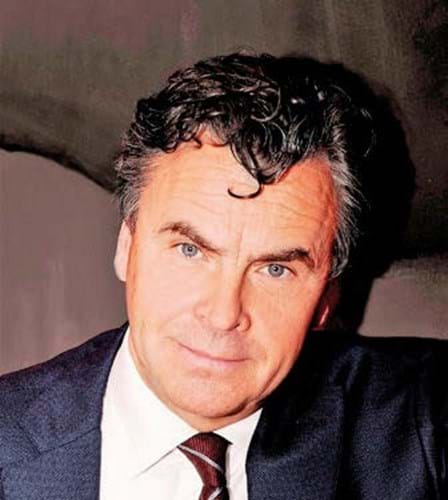
Patrick van Maris, TEFAF Maastricht’s chief executive.
1 Boosted modern and contemporary section proves a draw
TEFAF may have its roots as an Old Master dealer event but it is nudging tentatively towards contemporary, where the biggest money is now spent. All exhibitors must reapply to stand and this year, 14 of the 40 new exhibitors, out of a total of 276, were in the modern and contemporary paintings section.
The presence of contemporary collectors that ATG came across suggests that news of TEFAF’s increasing variety, in order to be “strong in every category across 7000 years of art”, as van Maris puts it, is getting through.

One Spanish collector, a regular at contemporary fairs but attending Maastricht for the first time with friends, told ATG he had “heard this fair is very impressive and it is, especially the way it blends ancient with antique and modern, and Old Masters with contemporary paintings”.
Fellow first-time visitors Hilarie and Mitchell Morgan, who run a US property company in Philadelphia, were making a beeline for the modern and contemporary section.
“As collectors, our focus is on contemporary,” Hilarie said. “We heard this fair is more contemporary this year, so that’s why we’re here but also because it’s one of the most talked-about fairs in the world. So far, we’re not disappointed.”
2 The new vetting system will evolve further
Forensic vetting is key to TEFAF’s brand. In a bold move this year, TEFAF’s 11 committees shed trade judges, leaving experts with “as little commercial interest in the art market as possible”.
“The feedback we had from committees and dealers on this has been, in the majority, positive,” van Maris said.
Yet there were strong feelings among some exhibitors ATG talked to that dealer expertise still needs to be heard, at a non-voting level.
“We’ve told Patrick this,” said one. Van Maris responds that “we will continue to fine-tune” vetting and suggests there may have been “a misunderstanding, as we said to committee chairmen this year, if you think it’s important to have non-voting dealers on committees, you can. Some did and some didn’t.
“Now with the experience of this year, if more committee chairs think it’s a good idea to have non-voting dealers, that’s no problem.”
3 The Americans still come
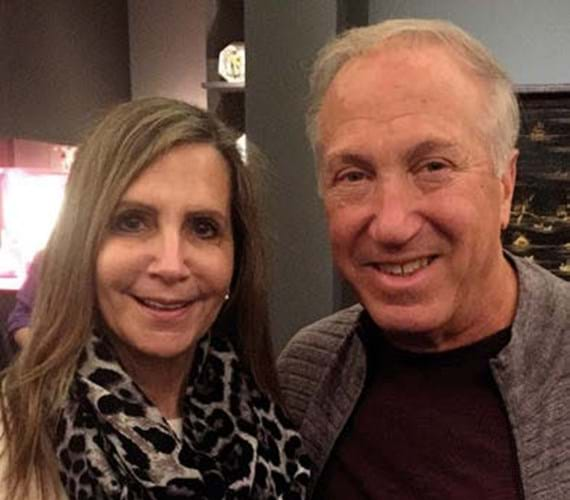
The Morgans from Philadelphia were part of the 4.6% of TEFAF Maastricht’s 70,000 visitors hailing from the US this year. It is a similar proportion to last years, despite New York now having its own compressed version of TEFAF.
Van Maris was pleased with the mix of countries visiting and wants more diversity. “This year we were more international than before,” he said. “Last year, 60% were from the Netherlands and now it’s 50%, with slightly more American and Chinese.” UK visitors accounted for just 4%. “It’s nothing to do with Brexit, but the British don’t come in big numbers,” said Peter Osborne of Osborne Samuel, specialist in Modern British painting and sculpture.
4 Museums bought – at different tempos
While institutional buying is a consistently strong aspect of TEFAF, it has an added layer of due diligence. This year, it took place at different tempos.
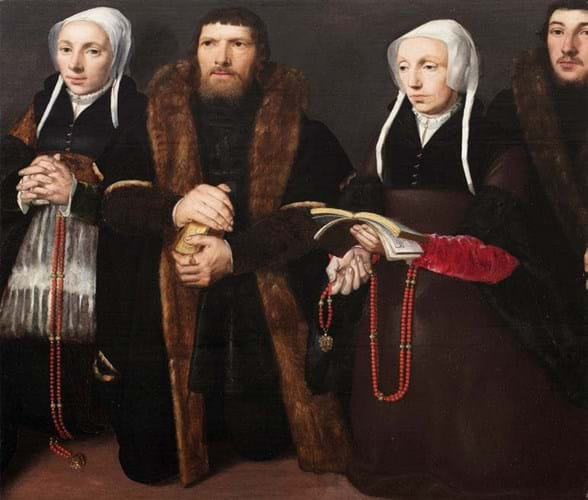
The star lot of Old Master dealer Mark Weiss this year is a case in point. A 17th century portrait of a young Duc de Bouillon, later governor of Maastricht, by Michiel Jansz van Mierevelt (1567- 1641), was a new discovery and had the publicity value of being chosen as the event’s 2019 emblem.
It drew much attention at the Weiss Gallery stand, though its sale to the Province of Limburg for the Bonnefantenmuseum was confirmed only on the last day of the fair.
Other museum deals happened faster: an unpublished Old Master by Joseph Wright of Derby was first seen by a “major institution” on Preview day on the stand of Mayfair-based Lowell Libson & Jonny Yarker. Deal done, Two Boys with a Bladder (1769-70) had left Maastricht by closing weekend.
5 Small can be beautiful
Young UK dealership ArtAncient, standing in the Showcase section for newer dealers, applied a novel approach to proving provenance that made the most of its tiny booth.
The display of each object was accompanied by an archive photograph of a previous owner, in some cases holding the object, positioned on the wall beside it.
“We did it to show the continuous chain of ownership and the vetters loved the transparency of it,” said Costas Paraskevaides, ArtAncient’s founder. Will the idea catch on? “I’m not sure,” smiles Paraskevaides. “It was a complex exercise as some of the pictures needed copyright permission.”
6 ‘Bored with Brexit’
Having graciously accepted their overseas colleagues’ commiserations on the Brexit chaos back home – “they’re sorry for us,” said Peter Osborne, ruefully – British dealers seemed happy to be removed from the fray (though some were following UK news on mobile phones).
How concerned were TEFAF organisers about Brexit’s potential impact on the 2019 fair? “Of course – who isn’t worried about Brexit?” said van Maris, having been reluctant to comment on the subject before the fair.
“If the UK parliamentary vote at the start of the fair had resulted in a hard Brexit, that would have dampened the mood but as it happens, I think people were bored with Brexit. All the British dealers had prepared very well and were glad to be at TEFAF thinking about other things.”
7 More changes coming in 2020…
Given the vast size of TEFAF Maastricht – 270 exhibitors occupy 100,000 square feet at the city’s MECC venue – can the event get any bigger?
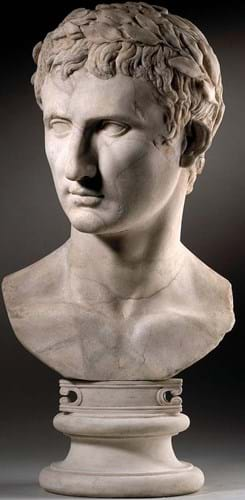
The answer is actually, yes – not least because the MECC is about to undergo a badly needed facelift and expansion programme costing nearly €50m.
Van Maris and his team are “discussing the opportunities” with the MECC and he doesn’t rule out expanding the fair. Whether this will involve more exhibitors is yet to be seen. “The fair is big at the moment,” he says. Having more stands is possible, but “not business-critical. If we have more space, we could develop other aspects like a programme of content.”
8 …but length of the fair stays the same
What with set-up time, vetting and then the 11 days of the fair itself (including Early Access and Preview days), exhibitors are required to spend about three weeks in Maastricht – a long time away from home. As Martin Clist, managing director of ancient art dealers Charles Ede, joked on the last day: “I’m looking forward to cooking for myself again!”
TEFAF asks the question about duration of the event in its regular exhibitor survey. “The most recent result of this was so close – a bit like Brexit, really – we thought altering the length was one change we won’t make,” van Maris said.


